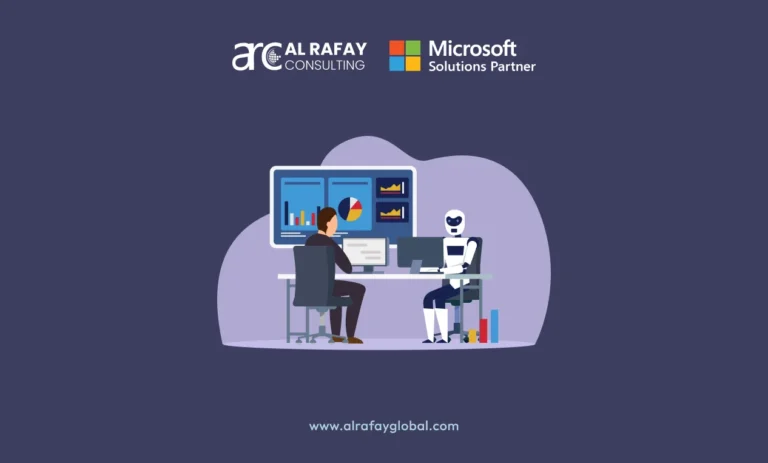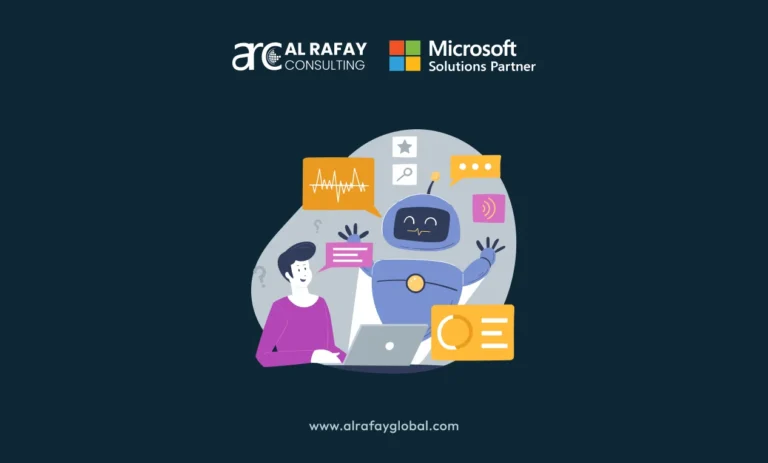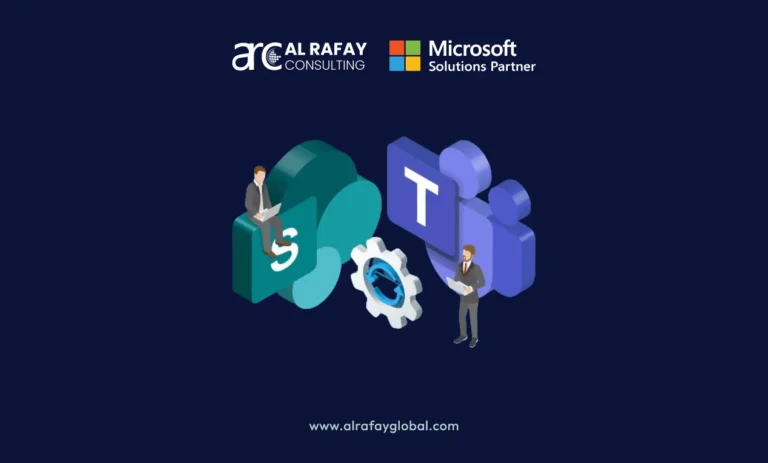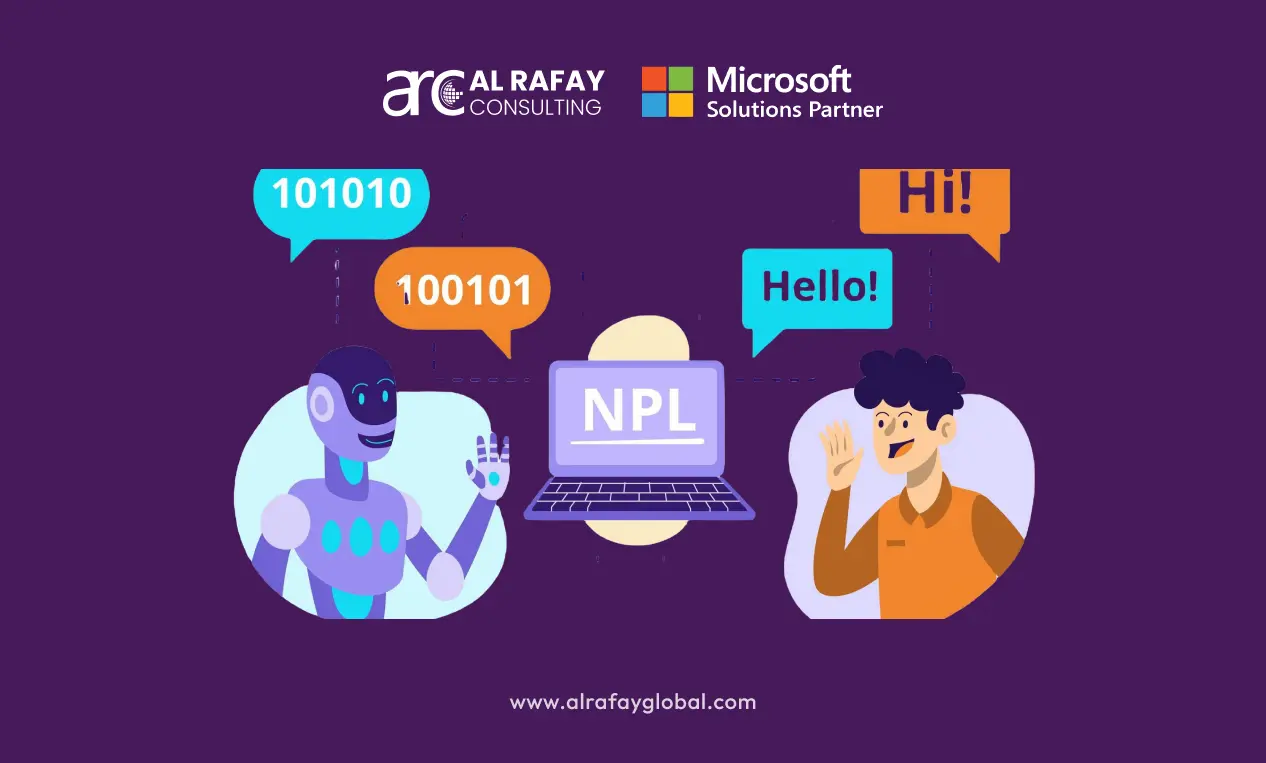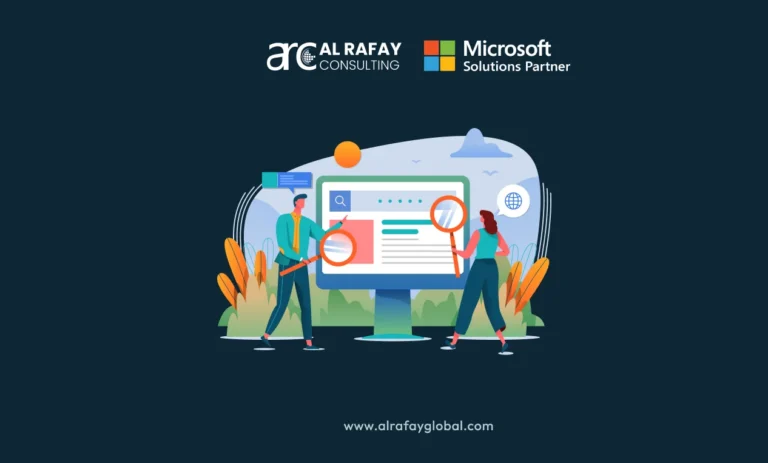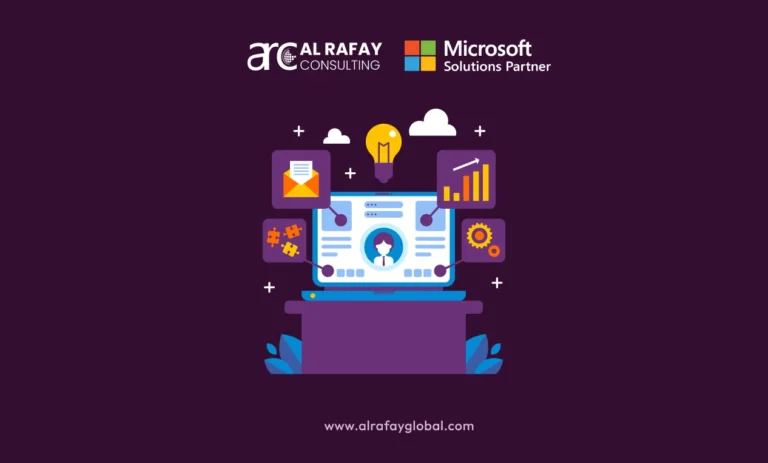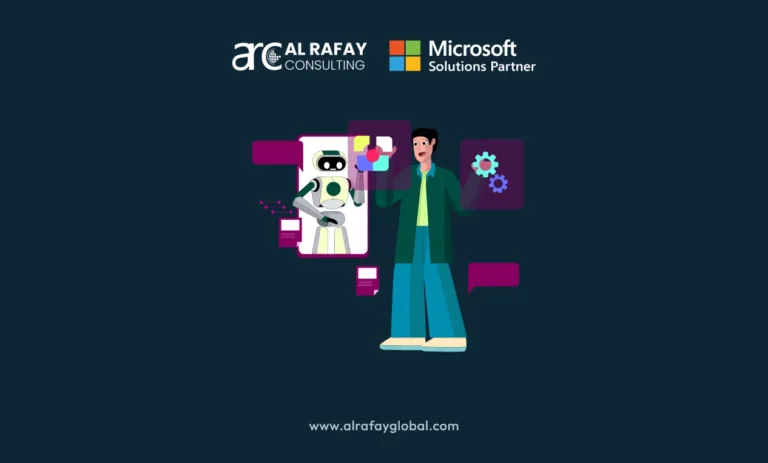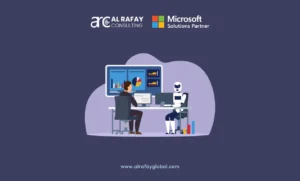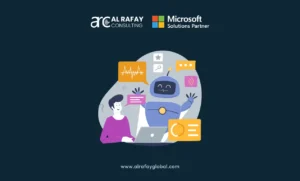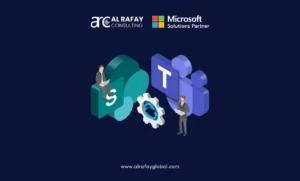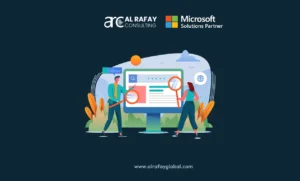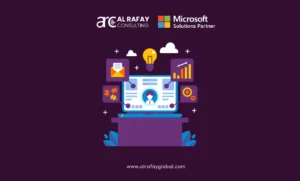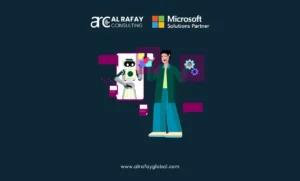Natural Language Processing (NLP) has emerged as a cornerstone of artificial intelligence, enabling machines to understand, interpret, and generate human language. One of the most significant advancements in this field has been the development of transformer-based models, which have revolutionized how we approach NLP tasks. Introduced by Vaswani et al. their landmark 2017 paper Attention Is All You Need, the transformer architecture leverages self-attention mechanisms to process text efficiently and effectively, setting the stage for groundbreaking models like GPT (Generative Pre-trained Transformer) and BERT (Bidirectional Encoder Representations from Transformers).
The significance of GPT and BERT lies in their unique approaches to handling language tasks. GPT, developed by OpenAI, focuses on generative capabilities, making it ideal for creating coherent and contextually relevant text. On the other hand, BERT, created by Google, excels in understanding language, particularly in contexts requiring deep comprehension. In a report by InvGate, Both models are large, with GPT-4 having 1.5 billion parameters compared to BERT’s 340 million.
This blog aims to provide an in-depth comparison of GPT and BERT, highlighting their differences, strengths, weaknesses, and various use cases. By understanding these models, technical professionals and business owners can make informed decisions on which technology best suits their NLP applications.
Background of GPT and BERT
History and Development
GPT: OpenAI developed the GPT series, starting with GPT-1 in 2018, followed by GPT-2, GPT-3, and the latest iteration, GPT-4. Each version has built on its predecessor, enhancing generative capabilities and fluency in language tasks. GPT models are designed primarily for text generation, allowing for creative applications like story writing and dialogue systems.
BERT: Introduced by Google in 2018, BERT was a revolutionary advancement in understanding context and meaning in language. It marked a shift towards models that could analyze text bi-directionally, capturing nuances that unidirectional models like GPT often miss.
Transformers Model Architecture
Both GPT and BERT are built on the transformer architecture, which consists of an encoder-decoder structure. However, the usage of these components differs significantly between the two models. GPT primarily employs the decoder part of the transformer, while BERT utilizes the encoder.
Core Differences Between GPT and BERT
Architecture
- GPT: Utilizes a decoder-only transformer architecture. This design focuses on generating text by predicting the next word in a sequence based on previous words. Its unidirectional nature means it processes text from left to right.
- BERT: Employs an encoder-only transformer architecture, which analyzes the entire context of a sentence simultaneously, allowing it to generate richer representations of language.
- GPT: Utilizes a decoder-only transformer architecture. This design focuses on generating text by predicting the next word in a sequence based on previous words. Its unidirectional nature means it processes text from left to right.
Training Objective
- GPT: Trained using an autoregressive approach, where the model predicts the next word in a sequence. This training method is well-suited for text generation tasks but may not capture full contextual understanding.
- BERT: Utilizes masked language modeling, where random words in a sentence are masked and the model learns to predict them. This objective enhances the model’s understanding of context and relationships between words.
- GPT: Trained using an autoregressive approach, where the model predicts the next word in a sequence. This training method is well-suited for text generation tasks but may not capture full contextual understanding.
Unidirectional vs. Bidirectional
- GPT: Processes text unidirectionally (left-to-right), which can limit its understanding of context, especially in sentences where later words provide crucial meaning.
- BERT: Analyzes text bidirectionally, allowing it to consider both preceding and following words. This approach enhances comprehension and context awareness.
- GPT: Processes text unidirectionally (left-to-right), which can limit its understanding of context, especially in sentences where later words provide crucial meaning.
Fine-tuning and Pre-training
- GPT: Primarily fine-tuned for tasks involving text generation, making it adept at producing human-like text but less effective in understanding specific contexts.
- BERT: Fine-tuned for various NLP tasks like classification, sentiment analysis, and question answering. Its pre-training focuses on understanding contextual relationships, making it highly effective in comprehension tasks.
- GPT: Primarily fine-tuned for tasks involving text generation, making it adept at producing human-like text but less effective in understanding specific contexts.
BERT vs. GPT: Key Similarities
Despite their distinct architectures and training methodologies, BERT and GPT share several fundamental similarities that contribute to their prominence in the field of Natural Language Processing (NLP). Understanding these commonalities can provide valuable insights into how these models operate and the potential applications they offer.
1. Transformer Architecture
Both BERT and GPT are built upon the transformer architecture, which has revolutionized NLP by introducing self-attention mechanisms. This architecture allows both models to efficiently process and understand text by capturing complex relationships between words in a sentence. The transformer structure enables parallel processing of data, resulting in faster training times compared to previous sequential models.
2. Pre-training and Fine-tuning Paradigm
Both models follow a two-step approach: pre-training and fine-tuning. In the pre-training phase, they learn from vast amounts of text data, acquiring a broad understanding of language. After this initial training, both models can be fine-tuned on specific tasks to enhance their performance, making them adaptable to various applications. This approach is instrumental in leveraging large datasets without requiring extensive labeled data for each individual task.
3. Large-scale Datasets
Both BERT and GPT are trained on large-scale datasets, which allows them to learn from diverse language patterns and contexts. This extensive training helps both models generate more coherent and contextually relevant outputs. The availability of vast textual corpora ensures that these models capture the nuances of language and gain a deeper understanding of different contexts.
4. Versatility in NLP Tasks
While GPT is primarily known for its generative capabilities and BERT for its understanding capabilities, both models can be applied to a range of NLP tasks. For instance, they can both be adapted for sentiment analysis, text classification, and question-answering tasks. This versatility makes them valuable tools in various domains, from customer service automation to content creation.
5. Continuous Improvement and Community Support
Both models have garnered significant attention from the research community, leading to ongoing improvements and innovations. Numerous variants and enhancements have emerged from both BERT and GPT, such as RoBERTa and ChatGPT. This continuous development demonstrates the robust interest and investment in enhancing the capabilities of transformer-based models, benefiting both academic research and practical applications in business.
Model Performance and Use Cases
Text Generation
- GPT: Exceptionally well-suited for text generation tasks. It has shown proficiency in writing articles, creating dialogue for chatbots, and even generating creative content. Table 1 illustrates its capabilities across various generative tasks.
| Task | GPT Performance |
| Creative Writing | High |
| Chatbot Conversations | High |
| News Article Generation | Moderate |
- BERT: While capable of generating text to some extent, BERT is limited compared to GPT. Its primary strength lies in understanding and analyzing existing text rather than generating new content.
Natural Language Understanding
- BERT: Dominates tasks requiring deep understanding, such as text classification, sentiment analysis, and question answering. In benchmarks like the Stanford Question Answering Dataset (SQuAD), BERT consistently outperforms models like GPT, showcasing its strength in comprehension tasks.
- GPT: Although it can perform well in understanding tasks, it generally falls short compared to BERT due to its unidirectional processing.
- BERT: Dominates tasks requiring deep understanding, such as text classification, sentiment analysis, and question answering. In benchmarks like the Stanford Question Answering Dataset (SQuAD), BERT consistently outperforms models like GPT, showcasing its strength in comprehension tasks.
Use Cases
| Model | Use Cases |
| GPT | AI-driven writing tools, conversational AI, creative content generation |
| BERT | Search engines, spam detection, sentiment analysis, named entity recognition |
Task-Specific Performance
In various NLP benchmarks, GPT has shown superior performance in generative tasks, while BERT has excelled in understanding tasks. Table 2 summarizes performance metrics on common NLP benchmarks.
| Benchmark | GPT Score | BERT Score |
| SQuAD | 75.0 | 90.0 |
| GLUE (General Language Understanding Evaluation) | 80.0 | 88.0 |
| Text Generation Tasks | High Performance | Moderate Performance |
Strengths and Weaknesses of GPT
Strengths of GPT
- Creative Text Generation: One of the standout strengths of GPT models is their ability to generate coherent and contextually relevant text. This makes them particularly well-suited for tasks that require a high degree of creativity, such as writing stories, creating poetry, and generating conversational dialogue. By leveraging extensive training data, GPT can produce unique and engaging narratives that captivate readers. This capability is especially valuable for industries such as marketing, entertainment, and content creation, where original ideas and persuasive language are essential.
- Language Fluency: GPT models exhibit remarkable language fluency, allowing them to produce human-like text that often flows naturally. This fluency means that the generated content typically requires minimal editing, which can save time and resources for businesses and creators. The ability to maintain grammatical correctness and a consistent tone further enhances the usability of the generated text, making GPT models a practical choice for various applications, from blog writing to automated customer support.
- Few-shot and Zero-shot Learning: Large pre-trained models like GPT-3 and GPT-4 possess the ability to perform multiple tasks with very few examples, known as few-shot learning, or even without any specific examples, referred to as zero-shot learning. This adaptability allows users to quickly deploy the model for a variety of applications without extensive retraining. For instance, users can prompt the model with a few instructions on a new task, and it can effectively generate relevant outputs, making it a flexible tool for businesses facing diverse challenges.
Weaknesses of GPT
- Limited Contextual Understanding: Despite its strengths, GPT has inherent limitations due to its unidirectional approach. This means it processes text from left to right, which can hinder its ability to grasp the full context of complex sentences or passages. In situations where a deep understanding of context is required, such as analyzing nuanced arguments or resolving ambiguities in language, GPT may struggle, leading to inaccuracies in its outputs.
- Resource Intensive: The size and complexity of GPT models come at a cost. They require significant computational resources for both training and inference, which can be a barrier to entry for smaller organizations or startups. The need for high-end hardware and substantial memory capacity can make deploying these models challenging, limiting their accessibility to those with adequate resources.
- Content Quality Concerns: While GPT can generate impressive outputs, it is not without flaws. The model can produce incoherent or biased content due to the limitations of its training data. This inconsistency necessitates thorough monitoring and editing of outputs, especially in sensitive applications where accuracy and fairness are paramount. Ensuring content quality becomes a critical task for users relying on GPT for generating text in professional settings.
Strengths and Weaknesses of BERT
Strengths
- Contextual Understanding: One of BERT’s standout strengths is its ability to achieve deep contextual understanding of language. Unlike traditional models that process text in a unidirectional manner, BERT employs a bidirectional training approach, allowing it to analyze the entire context of a word or phrase simultaneously. This results in superior performance on various comprehension tasks, including sentiment analysis, where the model can detect subtle emotional tones, and question answering, where it accurately identifies relevant information within a text passage. This enhanced comprehension capability makes BERT a powerful tool for applications requiring nuanced language understanding.
- Benchmark Performance: BERT has consistently demonstrated outstanding performance across a wide range of natural language processing (NLP) benchmarks. In many instances, it outperforms GPT on comprehension tasks, achieving higher scores in tasks such as the Stanford Question Answering Dataset (SQuAD) and the General Language Understanding Evaluation (GLUE) benchmark. These accomplishments underscore BERT’s effectiveness and reliability in understanding and interpreting complex text, making it a preferred choice for many NLP applications, particularly those focused on understanding rather than generation.
- Variants for Efficiency: The evolution of BERT has led to the development of various optimized models such as RoBERTa and ALBERT. These variants enhance the original model’s efficiency and accuracy on NLP tasks. For instance, RoBERTa modifies the training approach by removing the Next Sentence Prediction objective and training on larger datasets, resulting in improved performance. ALBERT, on the other hand, focuses on reducing model size through factorized embeddings and cross-layer parameter sharing, making it a more efficient option without sacrificing performance.
Weaknesses
- Limited Generative Abilities: While BERT excels in understanding and processing language, it is not designed for text generation. This limitation can hinder its application in contexts requiring creative content creation, such as storytelling or conversational agents. Consequently, businesses seeking generative capabilities may find BERT less suitable compared to models like GPT.
- Fine-tuning Requirement: Another challenge associated with BERT is its dependency on task-specific fine-tuning for optimal performance. Although this process can enhance the model’s accuracy for specific applications, it adds complexity to the implementation. Organizations must invest time and resources into fine-tuning BERT for each new task, which may not be feasible for all use cases, especially for smaller companies with limited resources.
- Not Suitable for Autoregressive Tasks: BERT’s bidirectional nature, while advantageous for understanding, renders it less effective for autoregressive tasks, which involve generating text in a sequential manner. This limitation restricts its applicability in scenarios where the production of text, such as chatbots or writing assistants, is necessary. As a result, BERT’s utility is primarily focused on comprehension tasks, while generative tasks are better suited to models like GPT.
Hybrid Approaches and Evolution in NLP
Hybrid Models
The NLP landscape is witnessing the emergence of hybrid models that leverage the strengths of both GPT and BERT. Notable examples include:
- T5 (Text-to-Text Transfer Transformer): This model employs an encoder-decoder architecture, excelling in both understanding and generating text across a variety of tasks.The T5 (Text-to-Text Transfer Transformer) model from Google was introduced in the October 2019 paper titled “Exploring the Limits of Transfer Learning with a Unified Text-to-Text Transformer.”
- XLNet: By combining the autoregressive capabilities of GPT with the bidirectional training of BERT, XLNet overcomes the limitations of BERT’s masked language modeling, resulting in improved performance on language tasks.
- T5 (Text-to-Text Transfer Transformer): This model employs an encoder-decoder architecture, excelling in both understanding and generating text across a variety of tasks.The T5 (Text-to-Text Transfer Transformer) model from Google was introduced in the October 2019 paper titled “Exploring the Limits of Transfer Learning with a Unified Text-to-Text Transformer.”
Recent Innovations
- ChatGPT and GPT-4: The latest iterations of GPT have integrated improved understanding capabilities, blurring the lines between generative and understanding tasks, making them more versatile in applications.
- BERT Variants: Innovations like DistilBERT and ELECTRA focus on optimizing BERT for performance and efficiency, making it accessible for broader applications.
- ChatGPT and GPT-4: The latest iterations of GPT have integrated improved understanding capabilities, blurring the lines between generative and understanding tasks, making them more versatile in applications.
Future of NLP: GPT, BERT, and Beyond
Continued Evolution of Language Models
The field of Natural Language Processing (NLP) is undergoing a transformative evolution, with models like GPT-4 showcasing remarkable advancements in both language generation and understanding. These state-of-the-art models have significantly improved the quality of generated text, allowing for more coherent and contextually relevant outputs. Researchers are actively exploring novel methodologies to enhance model efficiency and capability. This ongoing research is critical as it aligns with the increasing demands of businesses and applications, ranging from customer service chatbots to advanced content creation tools. As organizations look for solutions that can deliver high-quality language processing, the focus on refining these models continues to be a priority.
The Rise of Multimodal Models
In recent years, there has been a marked shift towards developing multimodal models that can process and understand various types of data simultaneously—such as text, images, and video. This trend aims to create AI systems that can engage with information in a manner that closely resembles human interaction. By integrating different modalities, these models can achieve a more holistic understanding of context and intent. For example, a multimodal model might analyze a video clip, recognize the associated spoken text, and generate relevant insights or actions, thus enhancing user experiences across applications in education, entertainment, and beyond.
Ethical Considerations
As language models grow in power and influence, ethical considerations surrounding bias, misinformation, and responsible AI usage become increasingly significant. The potential for misuse of advanced NLP technologies raises concerns about their impact on society. Consequently, it is essential for the NLP community to address these issues proactively. By fostering a culture of responsibility and accountability, researchers and developers can work together to ensure that these powerful tools are used ethically and effectively, contributing positively to the broader societal landscape.
Conclusion
In summary, GPT and BERT offer distinct yet complementary approaches to natural language processing. GPT excels in text generation and creative tasks, while BERT is better for understanding and contextual comprehension. Organizations should choose GPT for creative content and conversational AI, and BERT for deep understanding tasks. Both models will continue to evolve, shaping the future of NLP and enhancing AI applications.
For any inquiries related to enterprise AI projects in your organization, please contact our team of Microsoft-certified AI experts at Al Rafay Consulting.

